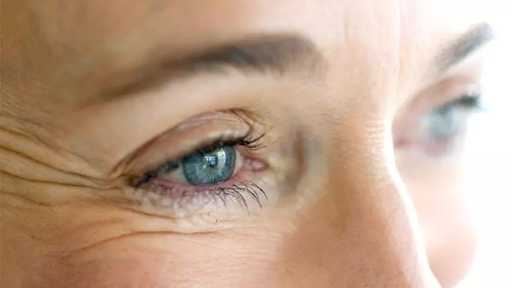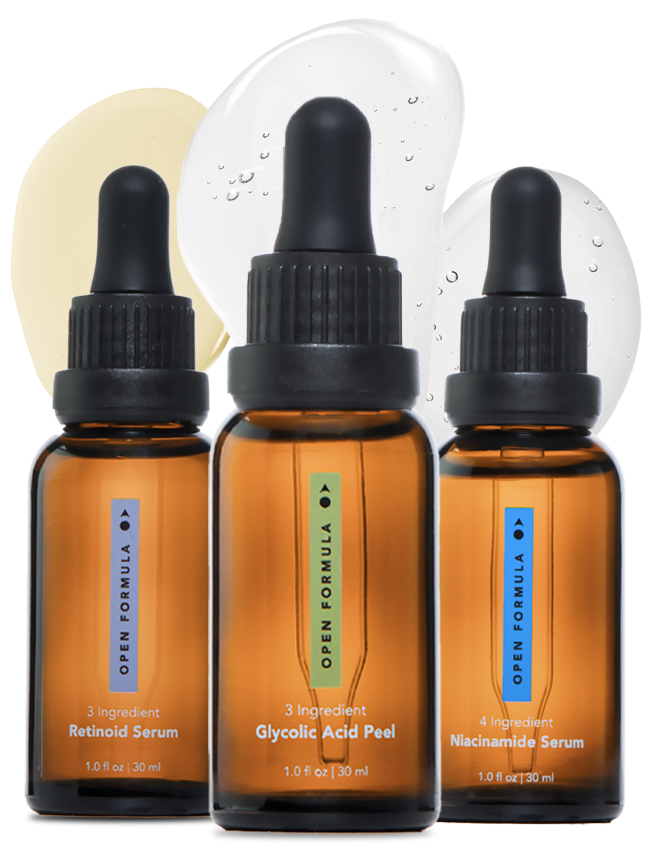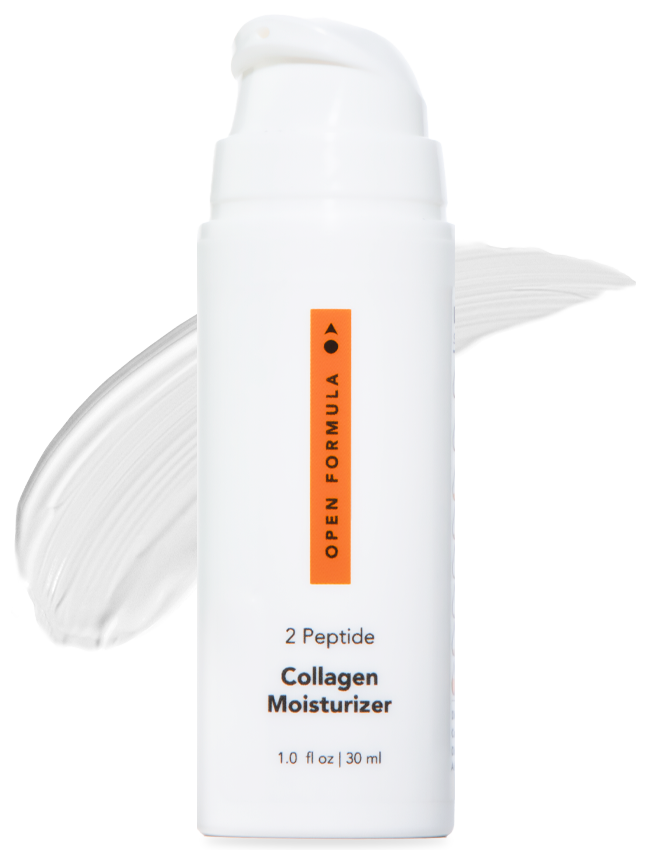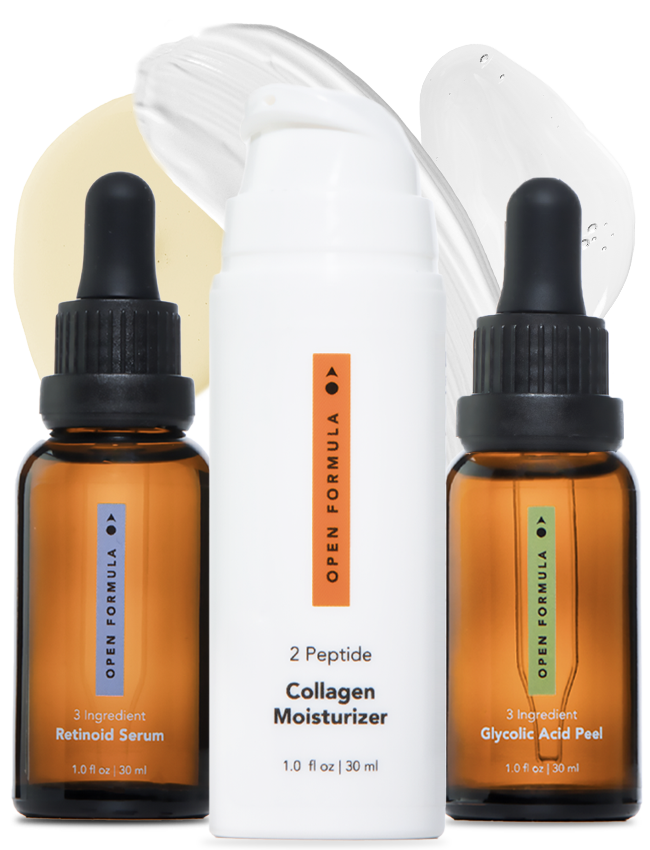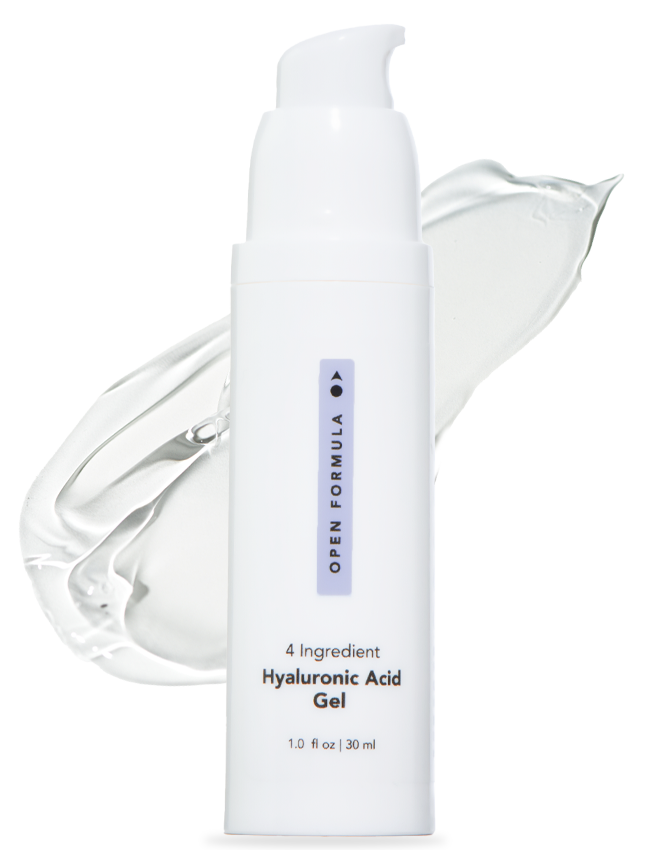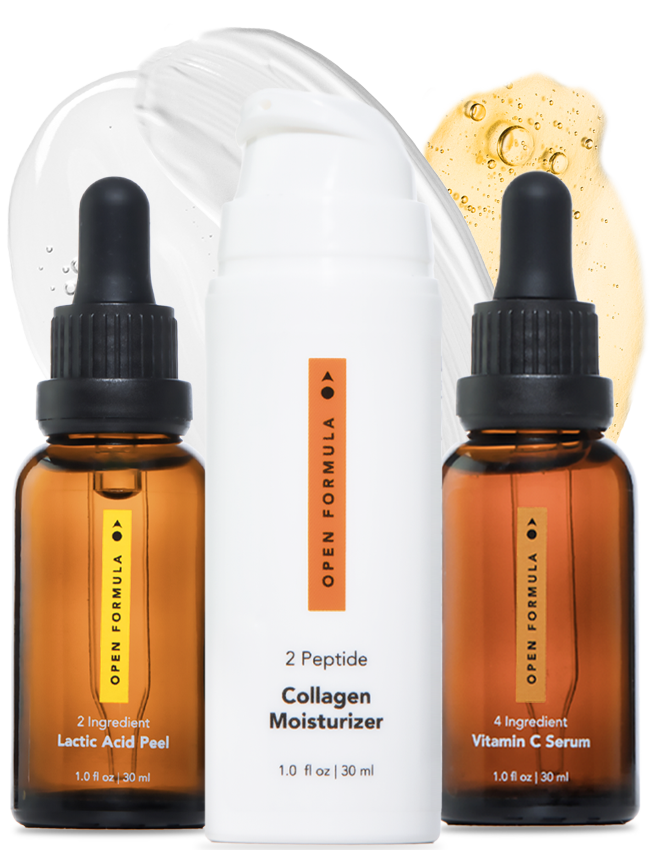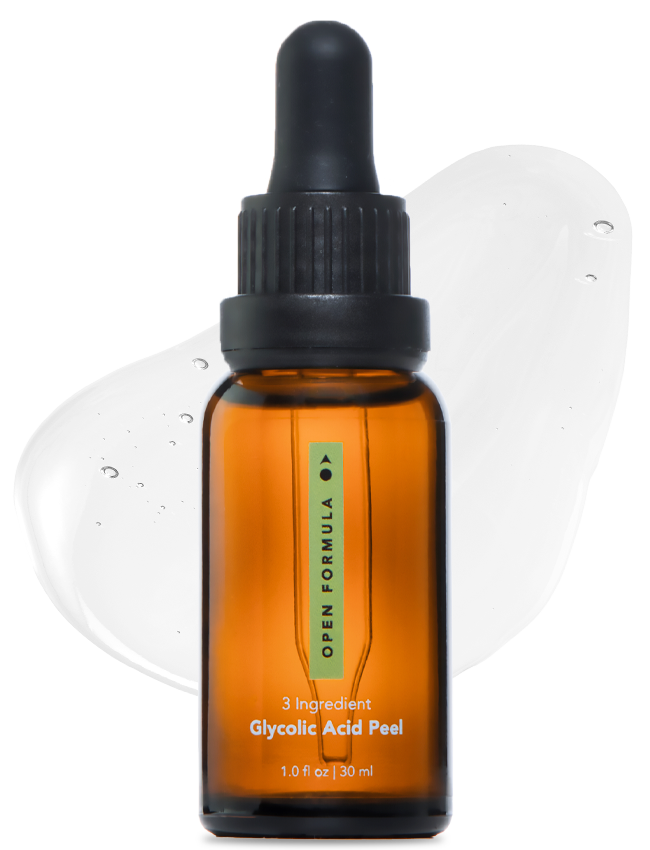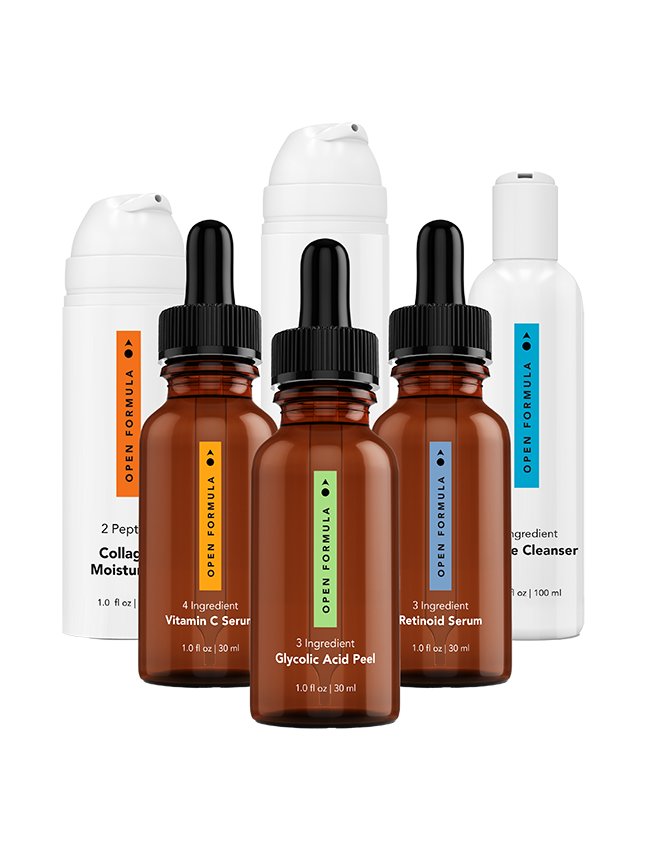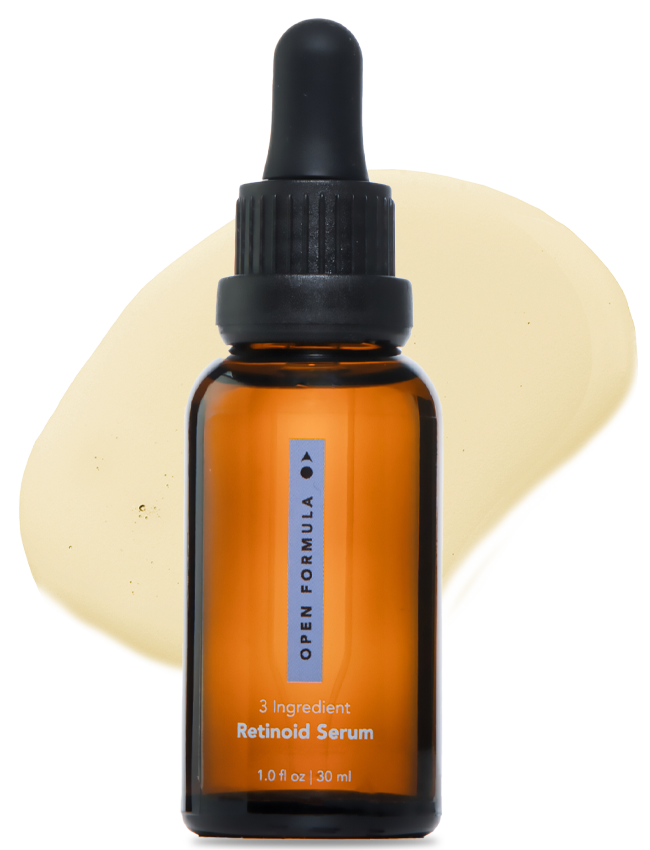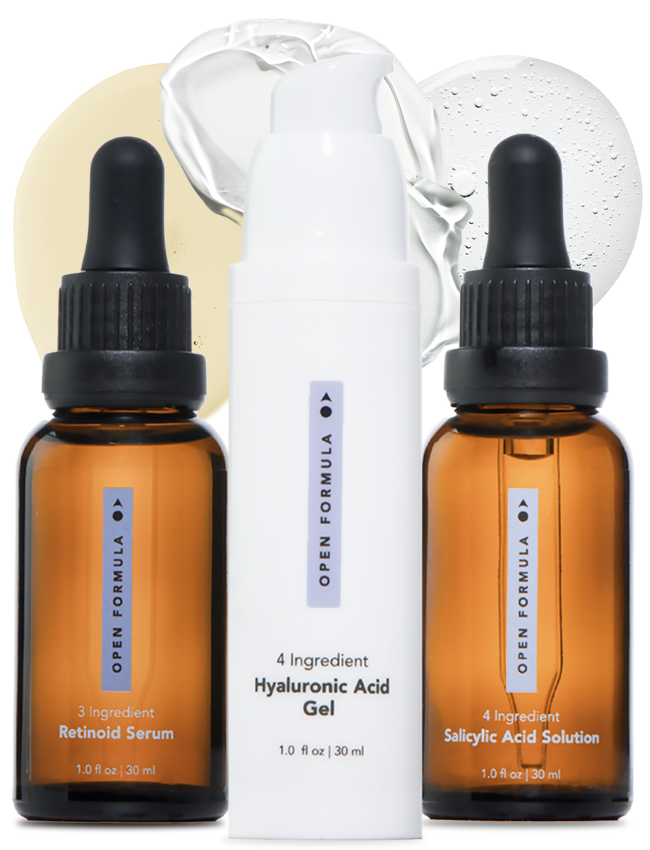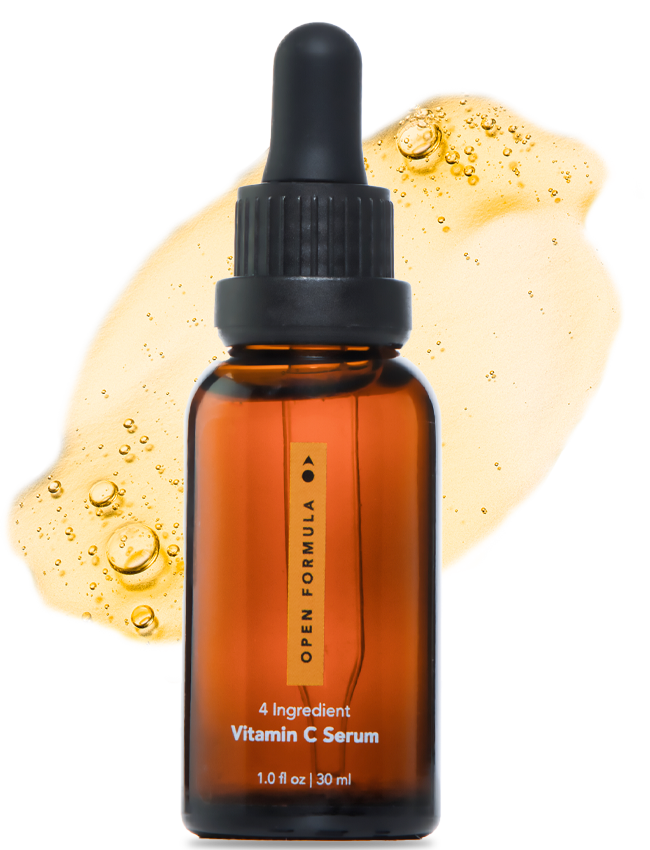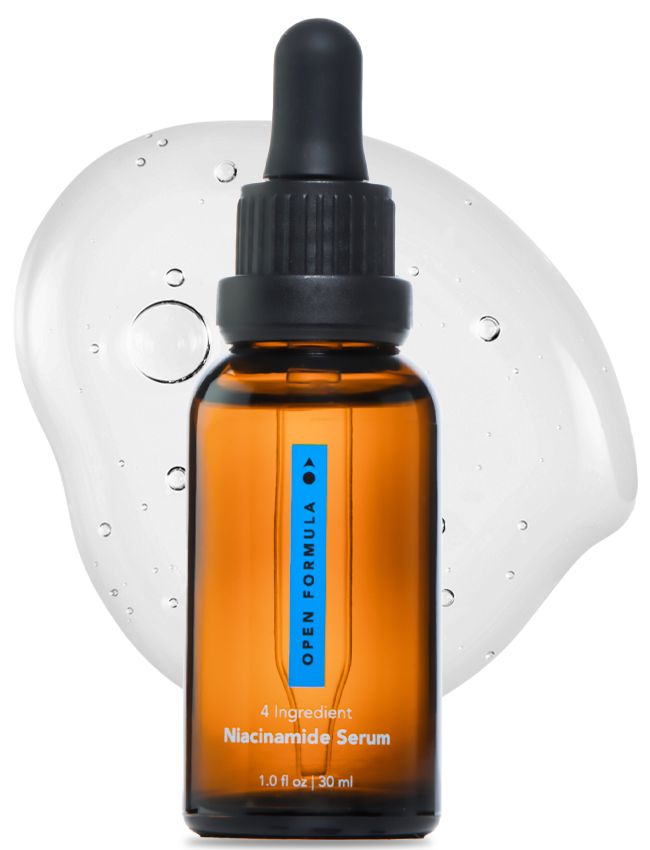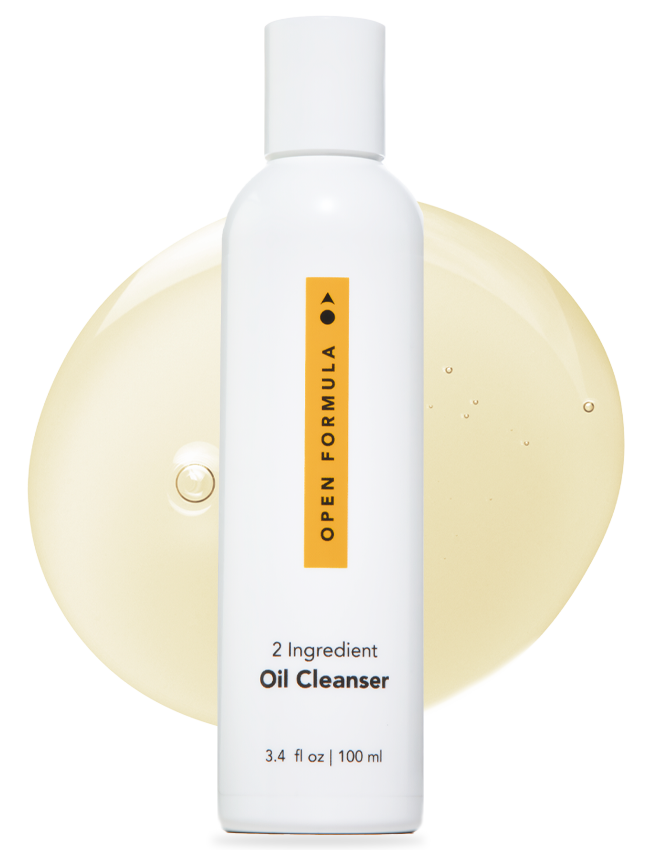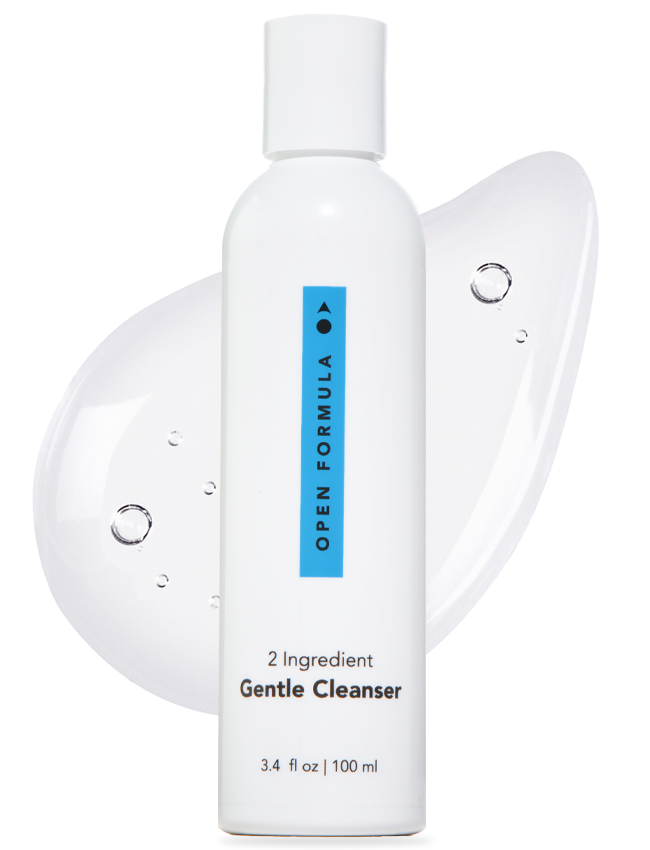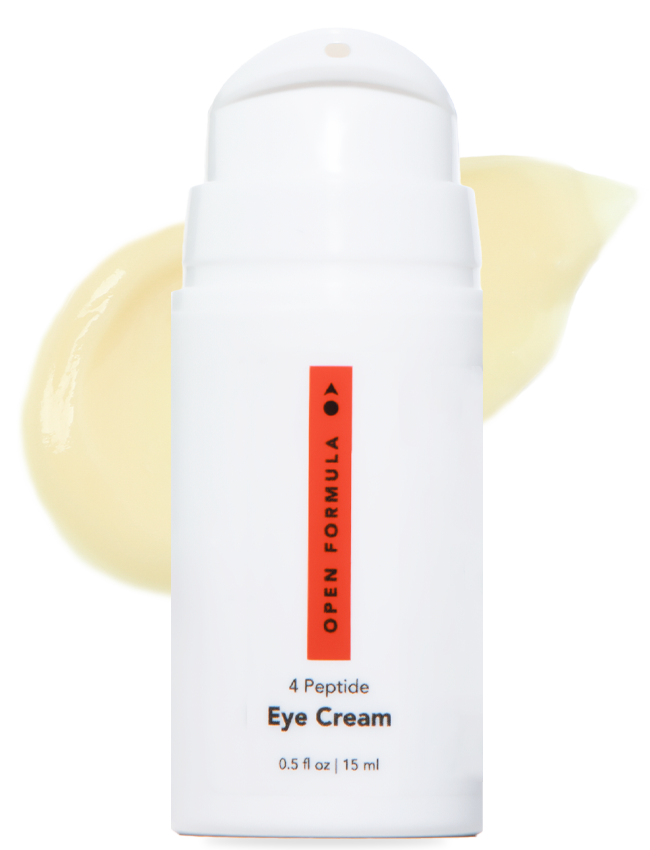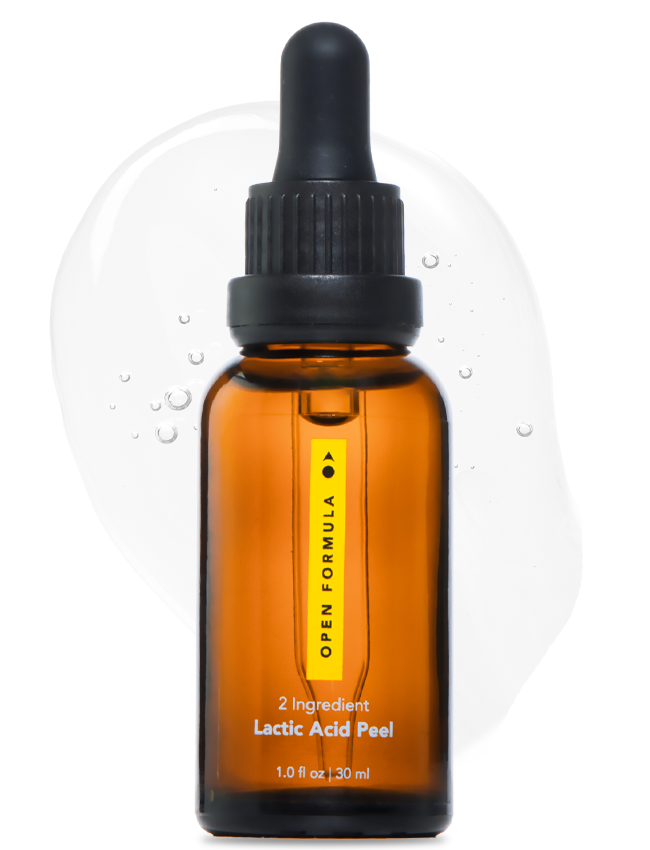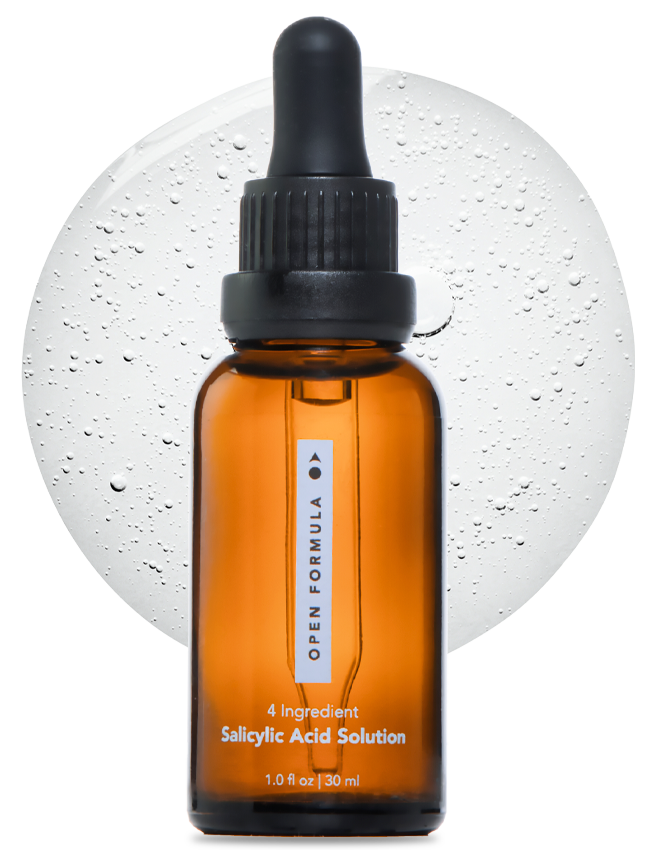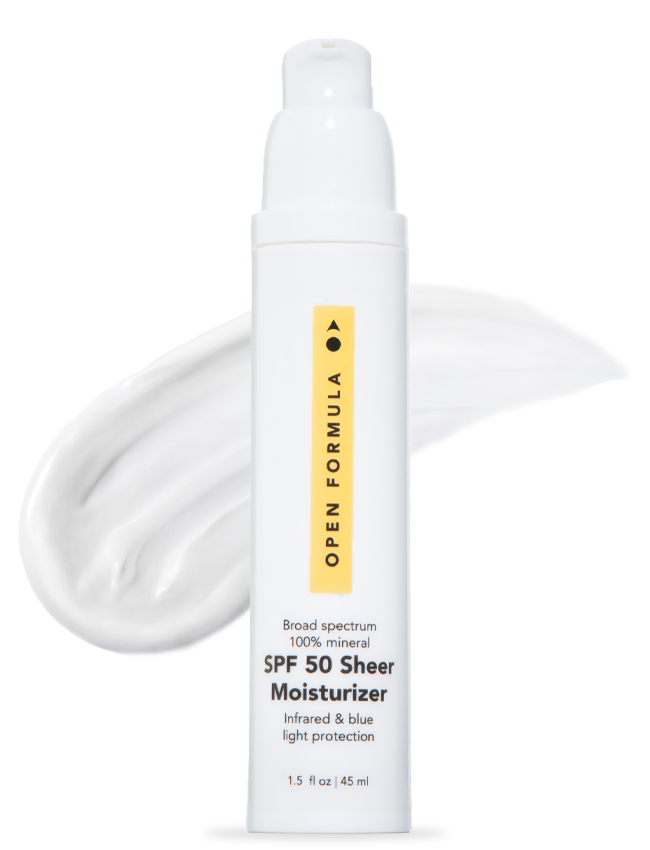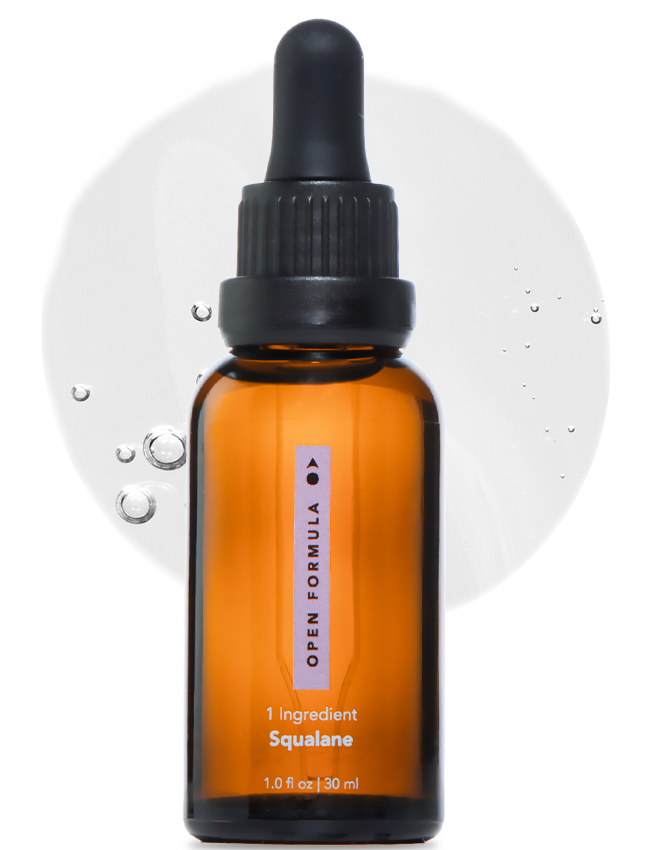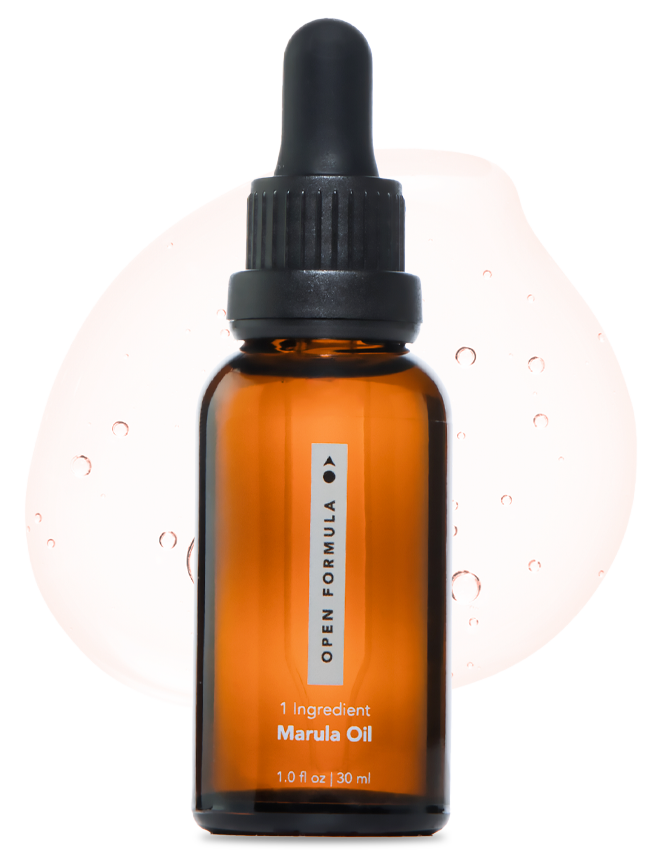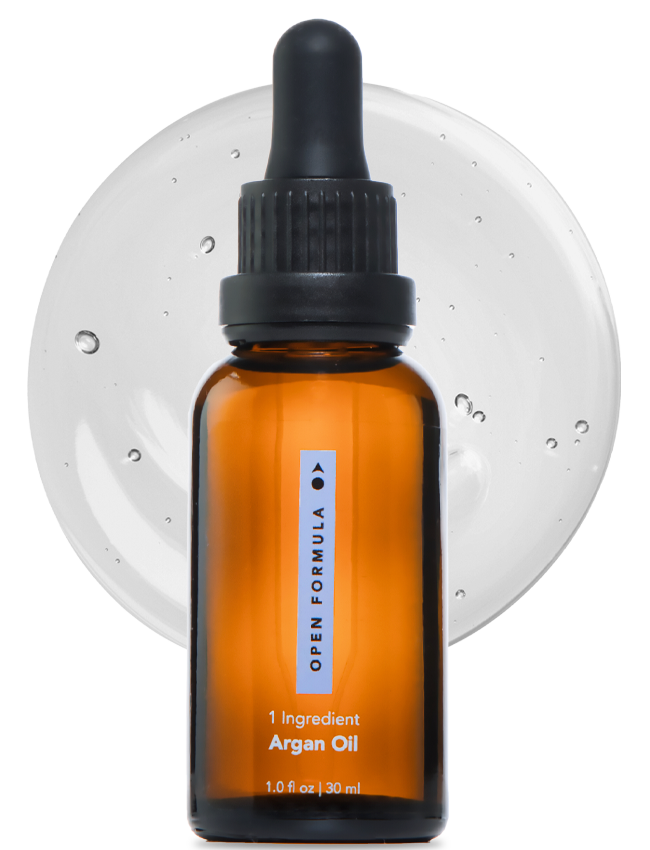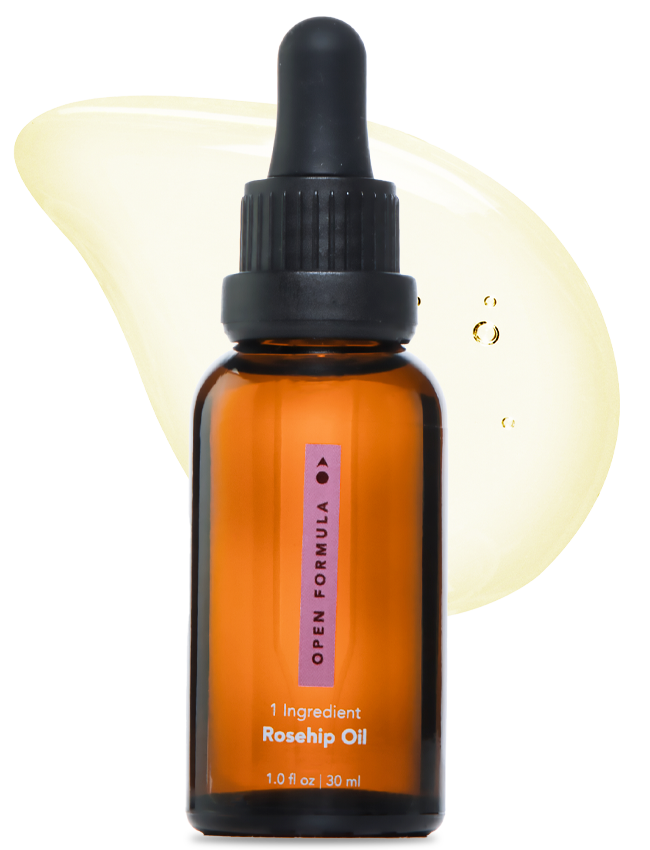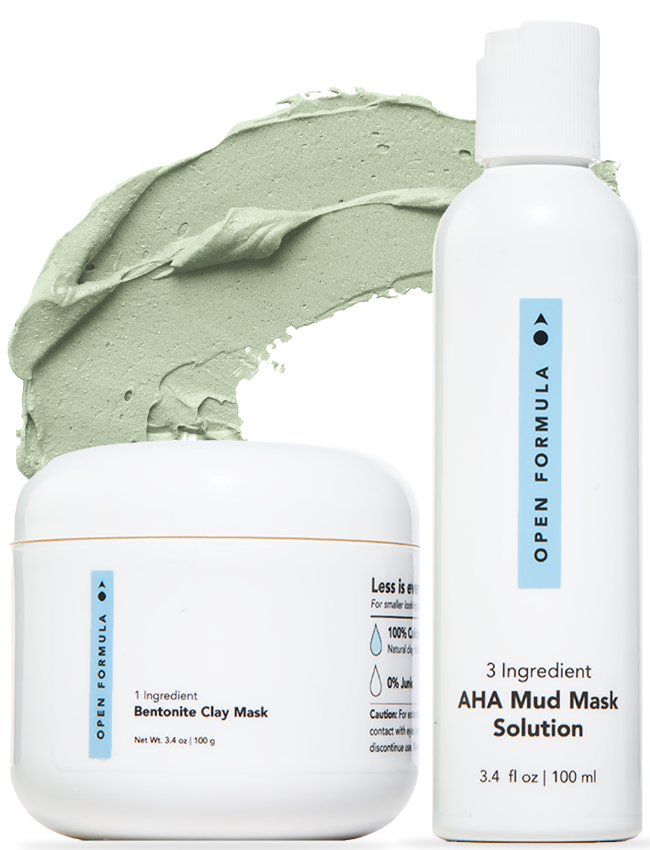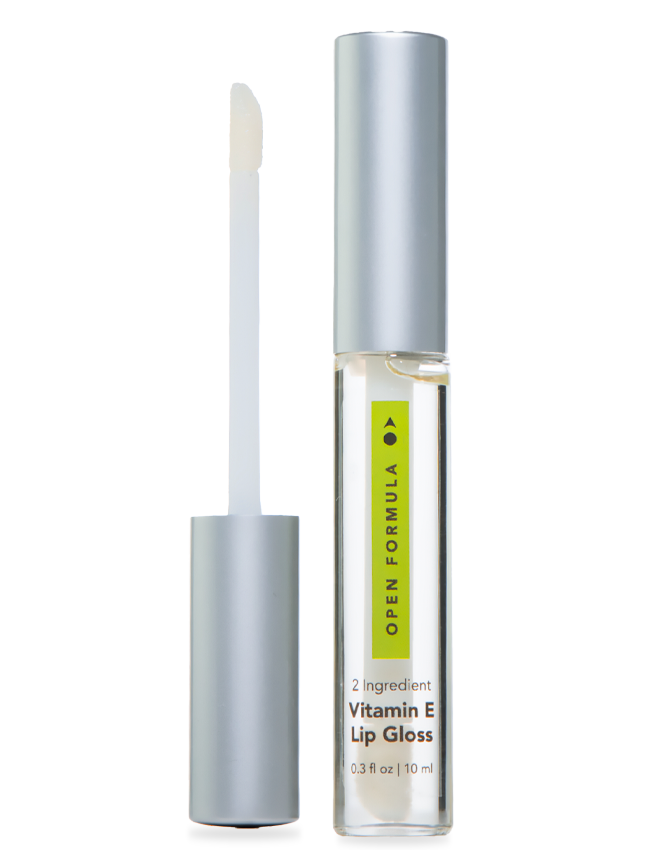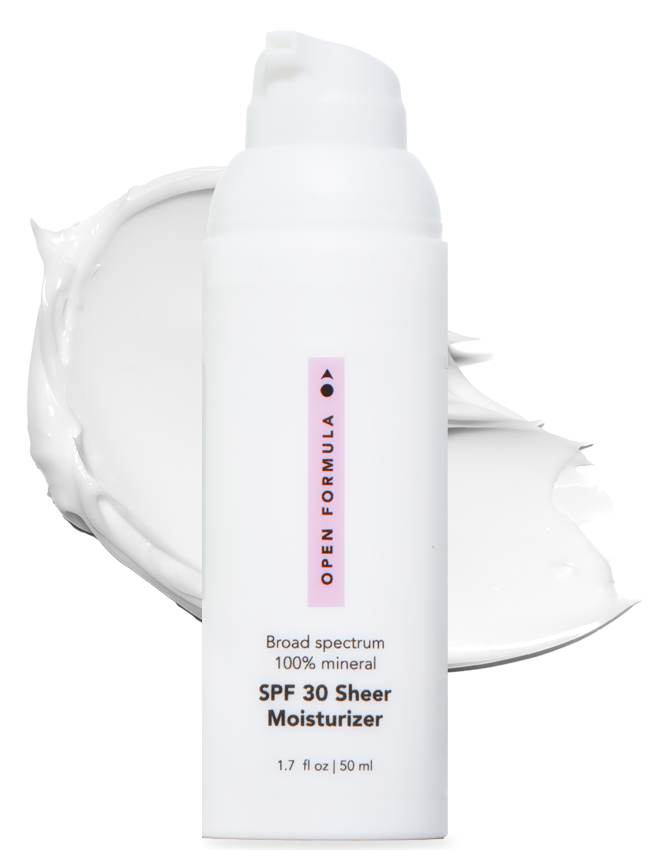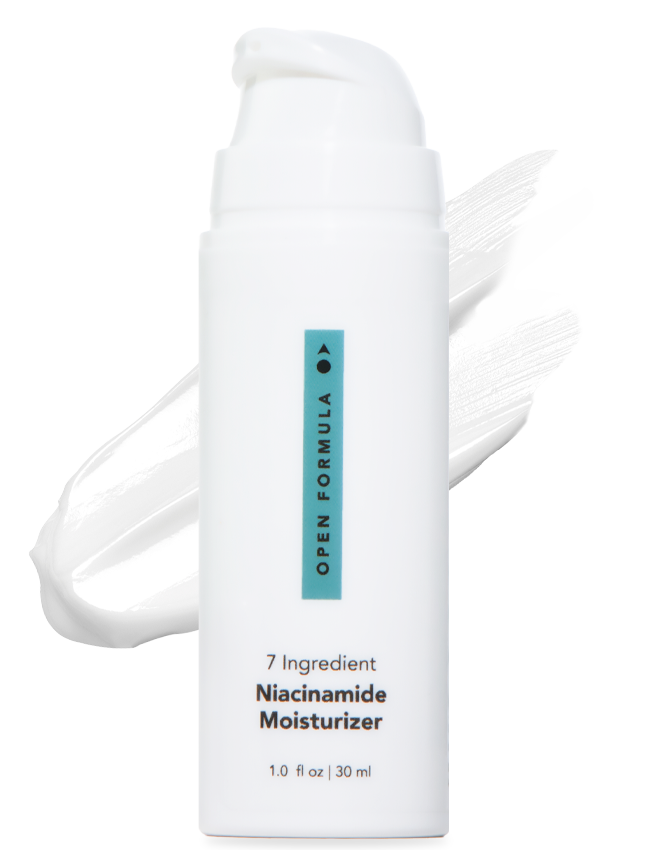Growing older is a natural part of life. But, is there really anything you can do to prevent the signs of aging from creeping up on you? The answer is: YES!
The first signs of aging often appear as fine lines and wrinkles on our face. Although we cannot stop the aging process completely, there are a host of things you can do to slow the signs and keep your skin tight, young looking, and vibrant. This is where having a quality skin care routine can mean the difference between looking years older or having radiant skin at every age.
In this article we’ll explore the signs of aging, what causes them, and the best clean skincare products to use to keep people guessing your age!
What are the main signs of aging?
Because our skin is the first place where signs of aging often appear, it’s important to know what to look out for.
How these appear on people can vary, but the main places to keep an eye on are your face, neck, chest, and hands.
As your body ages, the skin may age faster on some parts than on others, often depending on the level of sun exposure that part of your body gets. For example, many women first notice signs of aging on their face, especially around their eyes.
In this next section, we’ll dive into what aging looks like for each part of your body.
Face, Forehead, Around Eyes
The first signs of aging are often fine lines and dark spots that appear on the face. Fine lines are usually found around the eyes and mouth since these areas tend to move most often when we make facial expressions. If left untreated, fine lines turn into wrinkles. As we age, the elasticity (or stretchiness) of our skin rapidly decreases. As a result the collagen and elastin within the skin starts to break down.
Dark spots may also appear on your face as you age. These are caused by dead skin cells which hold more pigmentation. Dark spots can also be caused by prolonged exposure to the sun that causes these cells to produce more melanin, making them look much darker than the surrounding skin.
Neck and Chest
The skin on our neck and chest also loses collagen and elastin as we age, causing saggy skin. Depending on your level of sun exposure you may also notice dark spots or blotchy spots appear in this region as well.
Scientists have found that spending too much time in the sun actually accelerates the rate of collagen breakdown, especially if you are not wearing sunscreen.
Hands
There is an old saying that says, “if you want to know how old someone is, look at their hands.” Many times we focus on taking care of the skin on our face and neck, but neglect the skin on our hands.
You may notice more wrinkles on your hands, dry patches, and crepey skin (thin skin) start to form.
Again, exposing your hands to sunlight for long periods of time throughout your life can rapidly speed up the aging of your skin.
What is premature aging?
We’ve covered the first signs of aging on your face, neck, chest, and hands. But, when should you see these signs appear? When is ‘too early’ to start noticing fine lines or dark spots?
Typically premature aging is considered signs of aging that start before the age of 35.
This happens due to a few factors, many of which are under your control. For example, unprotected and extreme sun exposure, unhealthy lifestyle, poor or no self care habits, environmental hazards, and genetics.
Let’s dive into the top stressors that can spark premature aging.
Lack of Proper Skincare
A regular skincare routine can diminish and combat the early signs of skin aging. But if you don’t have a daily routine, your skin can’t maximize its natural rejuvenating process.
As an example, your skin sheds 40,000 cells a minute. Plus, your face has 20,000 pores that can get filled up with dirt, makeup, sebum, and other gunk on the skin’s surface. When you don’t cleanse properly or daily, those 20,000 pores can get clogged and turn into a breakout.
When you have a regular skincare routine that includes an exfoliant, then you’re able to remove dead skin cells that build up, allowing newer skin cells to come to the surface. That newer skin is more radiant, plumper, and shows fewer lines.
Sun Exposure
Unprotected sun exposure is the #1 contributing factor to skin aging causing 80% of all signs of aging. The sun’s UV rays penetrate through the skin’s layers wreaking havoc at both a surface and DNA level. UVB rays burn your skin causing damage at the surface, which leads to hyperpigmentation, dryness, and patchy uneven skin tone. UVA rays penetrate deeper and are responsible for fine lines, wrinkles, sagging or skin laxity, all which make you look older.
Smoking
Studies show that smoking can wreak havoc on your skin, including leading to poor wound healing, premature skin aging, squamous cell carcinoma, melanoma, oral cancer, acne, psoriasis, and hair loss. Plus, smoking also reduces collagen and elastin production. Both elastin and collagen are responsible for making your skin thick, bouncy, and resilient.
The repetitive act of smoking increases the appearance of crow’s feet and fine lines around the mouth. And, when you pucker your lips, around a cigarette, over time those pucker lines become more permanent.
Alcohol
Alcohol is another major contributor to premature aging. It dehydrates the entire body and skin. Dehydrated skin has lost its plumpness. It sags and wrinkles, looking older than it should. This dehydration from alcohol use gets worse as we age, because as we naturally age we lose fats under our skin, making skin thinner and drier. Alcohol use makes that process happen more rapidly.
Stress
There are complex processes between hormones and the skin and stress affects that relationship. Increases in stress hormones have shown to increase skin breakouts4. Stress hormones contribute to higher levels of inflammation. And new research shows that stress does breakdown the skin’s ability to properly regenerate and heal.
Caffeine
Like alcohol, caffeine is a diuretic––it makes you lose water.Your body’s inability to hold onto water means your skin becomes more prune like. Hello wrinkles!
Poor Sleeping Habits
When you don’t sleep enough it leads to stress in the body which releases the stress hormone cortisol. Cortisol increases the production of skin oils leading to both oilier skin and acne. Researchers5 found that poor quality sleepers showed increased signs of skin aging including fine lines, uneven pigmentation and loosening of skin plus reduced elasticity.
The Environment
Our skin is the first line of defense against the environment around us, including physical, chemical, and biological damage. Main environmental factors include exposure to the sun, air pollution, and tobacco smoke (first and second hand). Air pollution6 alone has been shown to increase the chance of getting skin cancer. Both air pollution and unprotected sun exposure decrease the levels of antioxidants in the skin, like vitamin C and E, that help fight the signs of aging. But you can still protect yourself by adding vitamin C and E into your skincare routine. (More on that below).
Genetics
Even if you can’t escape your family’s genes, you can alter their path and slow down the signs of aging. In fact, One recent study on twins7 showed that up to 60% of the skin aging differences between individuals can be linked to genetic factors. The other 40% is due to non-genetic factors. That means your habits and self care can slow and prevent premature aging.
Now that you’re clear on what can contribute to premature aging, let’s explore the signs of aging by decade.
Aging in Your 30s
The decade of the 30s means the first appearance of fine vertical lines such as the 11s between the eyebrows and laugh lines. The lines that started in your 20s are now getting deeper. In your 30s your skin begins to lose elasticity, making wrinkles more visible.
Aging in Your 40s
The decade of the 30s means the first appearance of fine vertical lines such as the 11s between the eyebrows and laugh lines. The lines that started in your 20s are now getting deeper. In your 30s your skin begins to lose elasticity, making wrinkles more visible.
Aging in Your 50s and Up
The 50s and up signify a time when most who experience hormonal changes from menopause. After menopause hormone levels drop, which brings on drier, thinner, and more slack skin. There’s also a loss of muscles and fat under the skin in the face, making the face become more droopy. And upper eyelids droop. Collagen and elastin production quickly decreases. Studies show that women’s skin loses about 30% of its collagen during the first 5 years after menopause. Then the rate of decline slows to about a 2% collagen loss every year for the next 20 years. Years of sun exposure equate sunspots, hyperpigmentation and a rougher skin texture.
The Best Way to Reduce the Signs of Aging
Taking care of your skin is the best way to slow the signs of aging. That’s why it’s very important to use a complete skincare routine that will prep, preserve and protect your skin to minimize the signs of aging.
A full skincare routine is necessary because each step is preparation for the next product. This preparation allows your skin to maximize the absorption of each product’s effective ingredients. This means your skin gets the best benefit from what you put on it.
Exfoliate Regularly
All skin, but mature skin in particular, benefits from regular exfoliation. Aging slows down the skin’s rate of cellular turnover, which leaves skin dry and dull. Exfoliation removes the build up of dead dull skin cells, leaving the newer fresher skin at the surface.
A good exfoliant to use is either lactic acid or glycolic acid.
Use Peptides
Peptides help target signs of aging and fine lines. That’s because peptides target the collagen structure beneath the skin, increasing the rate of collagen production which keeps skin looking plumper. Here’s an ultra clean collagen peptide serum to add to your skincare routine.
Repair With Antioxidants
The skin constantly battles against environmental damage from UV rays, air pollution, and even tobacco smoke. Antioxidants, like Vitamin C and E, help fight against that environmental damage. Look for products like a Vitamin C serum.
Moisturize
You want to moisturize at least 2x a day – morning and evening. You may also need to add some extra moisturizer during the day if you notice your skin feeling tight or looking dullish. For the morning, using a moisturizer with SPF is highly recommended to protect your skin from the sun. In the evening, using a moisturizer with collagen peptides can help to smooth out fine lines and wrinkles.
For more mature skin choose a heavy moisturizing cream or oils like argon, marula, or rosehip seed.
Takeaway
Although you can’t stop aging completely, you can take steps to slow and treat the signs of premature aging.
The first line of defense is to have a complete skin care routine. Then you want to look to quit habits that increase signs of aging, like smoking, drinking alcohol, not getting enough sleep, and exposing your skin to the sun without proper protection.If you need help with finding the right skincare routine to follow, feel free to click here and we’ll recommend which products to use.

